I wonder why I have actual number of rows greater than estimated number of rows?
The table has a clustered primary key defined as :
CONSTRAINT [PK_AIRQUALITYTS] PRIMARY KEY CLUSTERED
(
[FeatureID] ASC,
[ParameterID] ASC,
[MeasurementDateTime] DESC
)
Though I have updated STATISTICS on MeasurementDateTime column and rebuild index also.
Questions:
Why actual number of rows greater than estimated number of rows? And does it have any performance hit?
Should I always try to get actual number of rows equal estimated number of rows? Or how much variations in count of rows in actual and estimated should not bother us?
